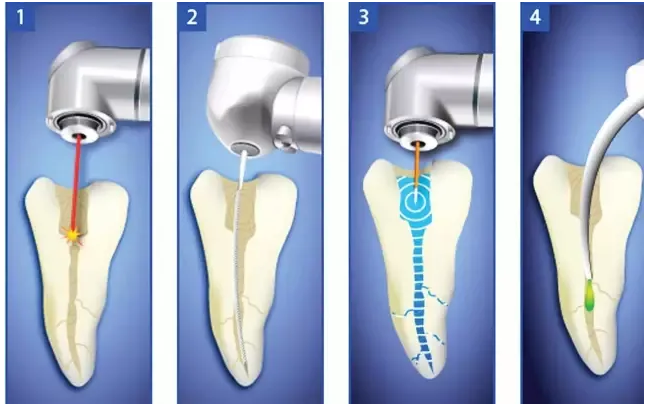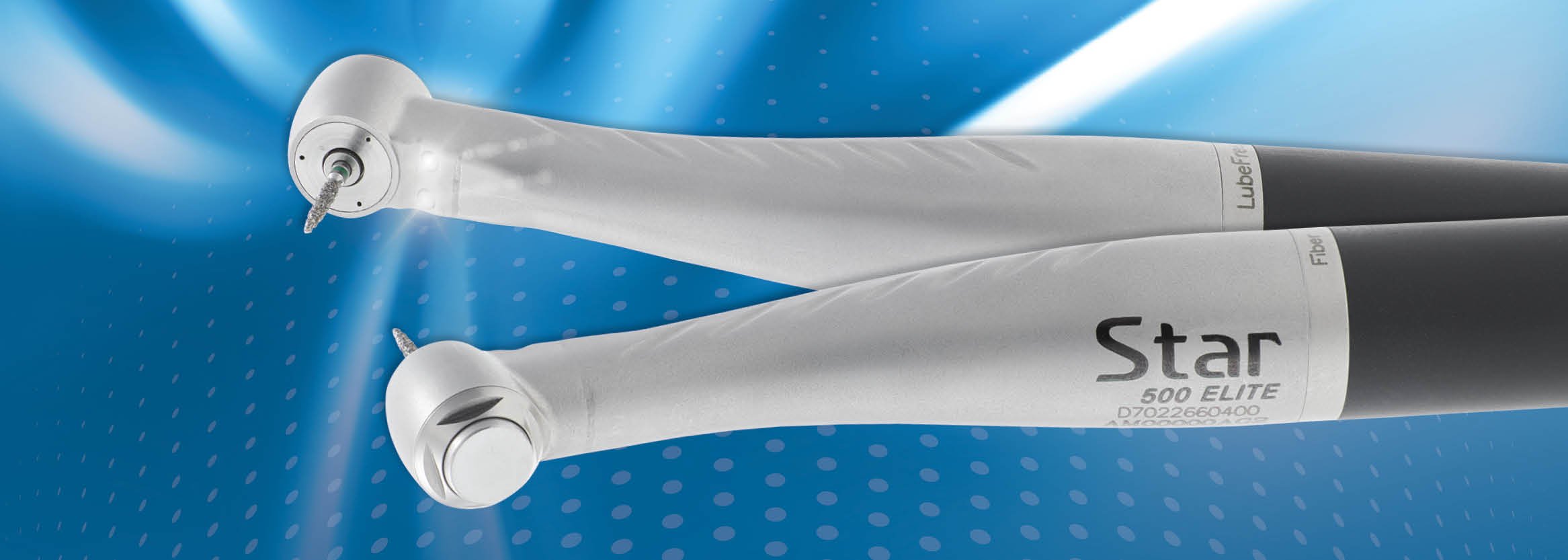Root Canal Treatment: Saving a Tooth Sentenced to Death

I believe that many people think that tooth decay is a big deal and “pull it out”. However, from the perspective of dentists, what we want to do is to try our best to help patients retain every tooth, especially in the root With the help of medical treatment, many teeth that were sentenced to “death sentence” were preserved.
- Do not remove bad teeth easily
Root canal treatment is currently the best way to treat pulpits and apical periodontitis under the premise of preserving the affected teeth.
Teeth that appear to be extremely hard on the surface are actually “hollow”. The hollow structure inside the tooth is called the “root canal”. There are dental nerves and blood vessels inside, which maintain the nutritional and sensory functions of the teeth. Tooth decay, tooth trauma, cracks and other factors can easily lead to root canal infection.
Root canal treatment is a very complicated project. The doctor must first remove the necrotic tissue and bacteria inside the bad tooth for the patient, expand the root canal, rinse, seal the medicine, and fill the root canal tightly with special gutta-percha , to prevent the teeth from “repeating emotions”.
- Microscopic root canal: saving teeth sentenced to death
Root canal therapy, commonly known as “nerve killing”, is the preferred method for the existing treatment of pulpitis and periapical periodontitis. Its success rate is about 50%-90%. Before there is no root canal microscope, dental hand piece specially designed for endodontics, doctors can only treat with experience and feeling, especially for abnormal root canal development, broken instruments during treatment, root canal wall penetration and root incompleteness. And so on, the success rate of traditional therapy is low.

Microscopic root canal treatment is a method of root canal treatment with the help of operating microscope and micro instruments. The biggest difference from traditional root canal treatment is that the operating microscope can provide a very sufficient light source to enter the root canal, and can enlarge the root canal system. The operator can see the internal structure of the root canal clearly, confirm the treatment site, and perform treatment under direct vision to prevent accidents such as perforation on the side of the root canal wall and broken needles in the root canal during root canal treatment, and immediately check the quality of treatment. For patients with perforation and broken needles on the side of the root canal wall, the perforation can be repaired, and the broken needles can be removed under a microscope with ultrasonic instruments.
- What are the precautions for root canal treatment?
Root canal treatment is the best way to treat pulpitis while preserving the patient’s original teeth. Do all toothaches require root canal treatment?
●The nerves of the teeth cannot be killed casually
Many patients will think of killing the nerves when they have a toothache, to relieve the pain. But in fact, the dental nerve cannot be killed casually, it should be decided according to the condition of the dental disease. When there is inflammation of the pulp, apexitis, and exposure of the nerve of the tooth, if the patient has severe toothache, but the tooth needs to be preserved, root canal treatment can be performed to kill the nerve. If only cavities are present, but the pulp is not infected, no neuronal is required.
In terms of treatment, doctors generally try to help patients preserve the tooth nerve. Because the tooth that loses the dental nerve will become a tooth with dead pulp. Due to the loss of nutrient supply, the tooth will become less tough, less strong and brittle after dehydration. Therefore, don’t rush to kill the nerves when you have a toothache, but consult a stomatologist to keep the nerves of the teeth as much as possible.
●Make a brace after “pulp extraction”
Teeth after root canal treatment are recommended to be protected with crowns (crown restoration). Because the teeth that have undergone root canal treatment do not have the pulp to provide nutrition, the teeth will gradually become brittle. In addition, after the treatment, the remaining hard tissue structure of the tooth is not too much, and the tooth is more likely to be bitten and cracked, which is a waste of previous hard treatment.
●Don’t forget to take three dental photos
When performing root canal treatment, it is necessary to take dental films, at least 3 dental films must be guaranteed.
The first dental film is before treatment, it can help the doctor understand the basic situation of the root and make a treatment plan; the second dental film is during the treatment, it can help the doctor understand the treatment situation, such as whether the root canal preparation is in place, etc., and formulate the next treatment plan; the third dental film is that it can help judge the quality of root canal filling after the treatment is over, and find problems and remedy them in time. If the problem is not discovered in time, and the problem is discovered after expensive braces and bridges are made, then the price paid will be painful.


